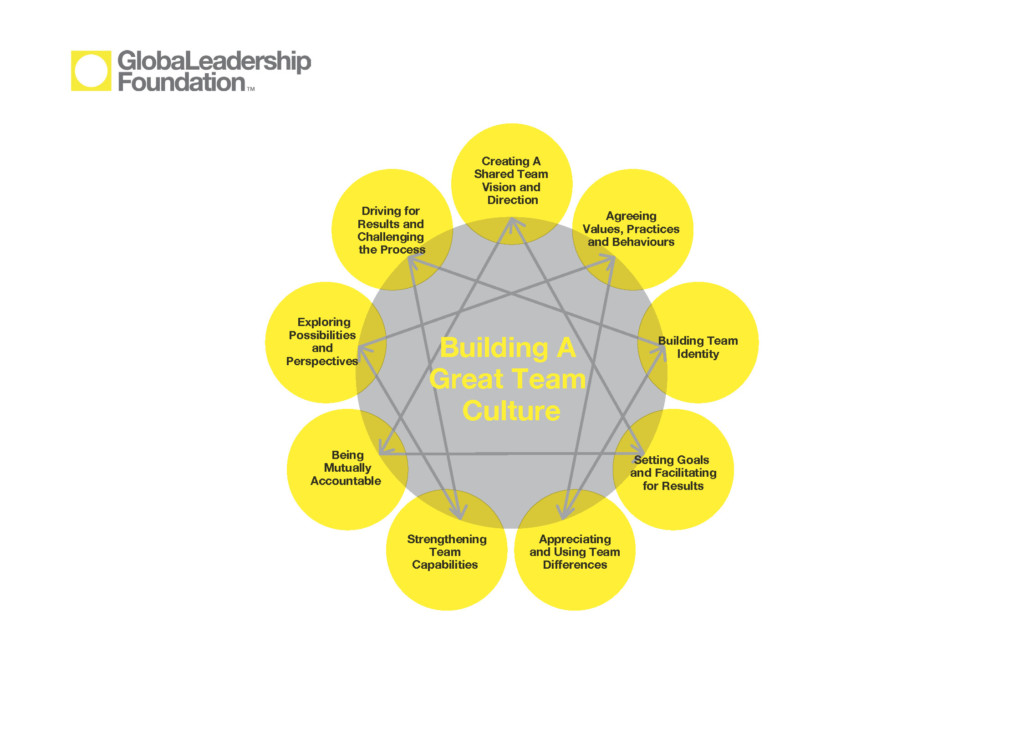Building strong, collaborative and focused teams at all levels of an organization is important for its ongoing success. Teams who also see themselves as “mutually accountable” for their outcomes provide each other with the support to achieve this.
When a team takes “real ownership” for the way in which it works together and contributes, team members:
- Hold a strong and agreed shared vision of the future
- Feel comfortable in asking for, giving and receiving feedback from the others (and the business) as to how they are meeting their accountabilities
- Understand what their impact has been on others in achieving this (both in team behaviours and business performance), and
- Look for ways to continuously explore and improve what they do.
Clarifying and reflecting on their styles of leadership and the impact this has on others (using the Enneagram) and what is expected from each other in terms of behaviours and capability also supports their ongoing development.
Working as a team involves genuine engagement and collaboration with others. Acknowledging the uniqueness of individuals needs to be balanced with how best to work effectively together to achieve business success.
Creating a Great Team Culture

Our Building A Great Team Culture programme offers the opportunity to develop and strengthen a team and its culture with what it needs at the time, rather than work through a prescribed programme that may or may not achieve the desired outcomes.
The circular model provides an organisation with the opportunity to develop a “greenfield” team (in theory) by starting at Creating A Shared Team Vision and moving in a clockwise direction to build each component into a thorough team development plan and programme.
The model also provides the opportunity to assess and review each of the 9 critical success factors in Building A Great Team Culture for an established team and determine which of these are important for the team at that time.
The interlinking lines reflect the dynamics to consider if you do choose a particular starting point. For example, if you identify “Aligning Values, Practices and Behaviours” as an area of focus, the lines direct you to “Appreciating and Using Team Differences” and “Exploring Possibilities and Perspectives”.
In “Appreciating and Using Team Differences”, you are reminded about the importance of the diversity of views and ways of working that the team brings and the need to consider this when establishing ways of working together, the systems and processes that will support this and what you “will not compromise” in the way in which the team works. In “Exploring Possibilities and Perspectives”, you are reminded about being flexible and adaptable, particularly in change and continuing to explore alternatives as you work together, rather than getting focused on creating systems and processes that impede progress.
In Building A Great Team Culture there are also external inputs that impact on the team and the culture it creates.
In “Creating A Shared Team Vision”, the team needs to consider the organisation’s Vision, Direction and overarching culture as it creates its own. In “Setting Goals and Facilitating for Results”, the team needs to be aware of the organisation’s goals and objectives and how it measures success when they are establishing what is important for them to achieve. In “Being Mutually Accountable”, the team needs to understand how the organisation holds people to account (performance expectations) and what it (the team) needs to do to ensure it is managing risk and sharing information to benefit not only itself but the broader organisation.
Download our full Creating a Great Team Culture process map to use with your team.
